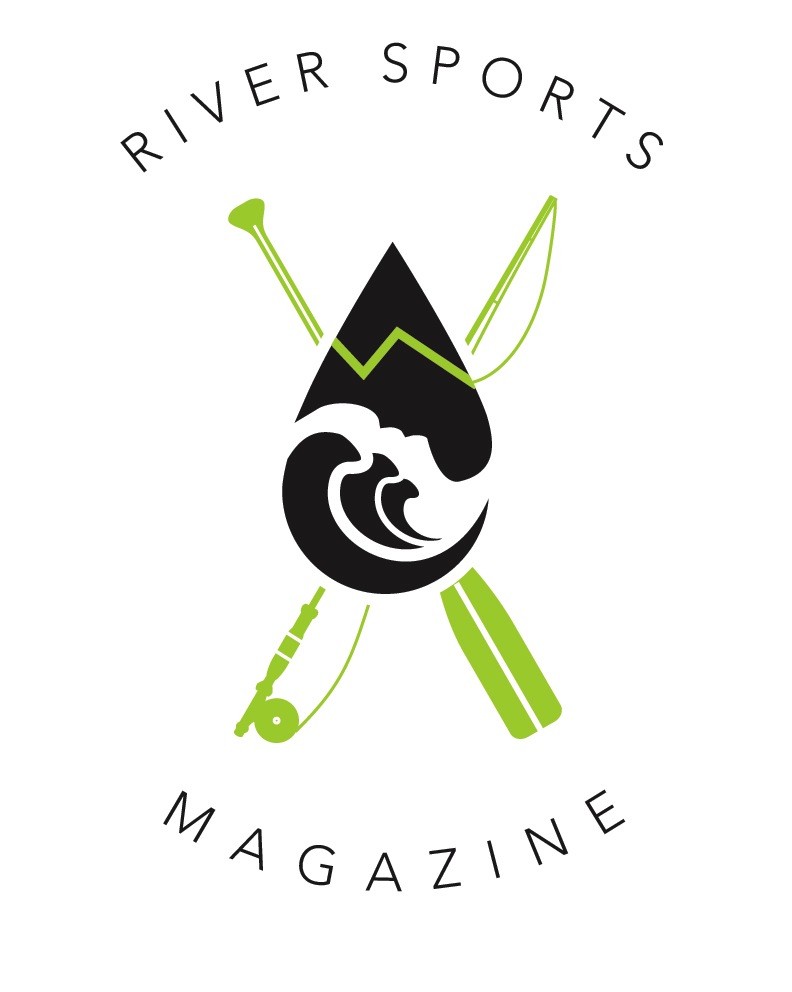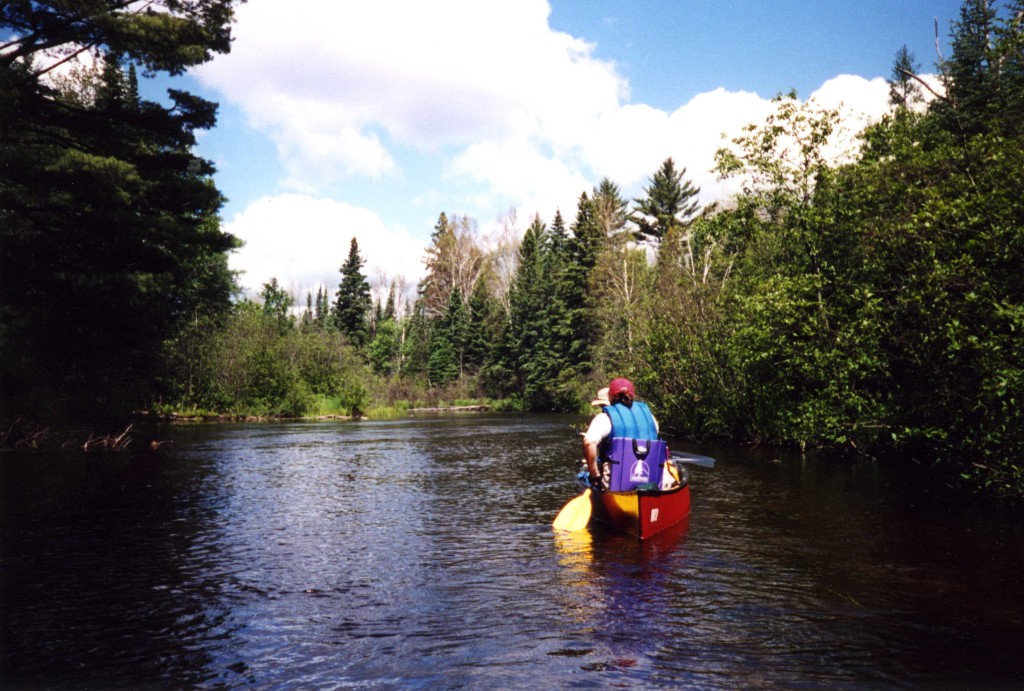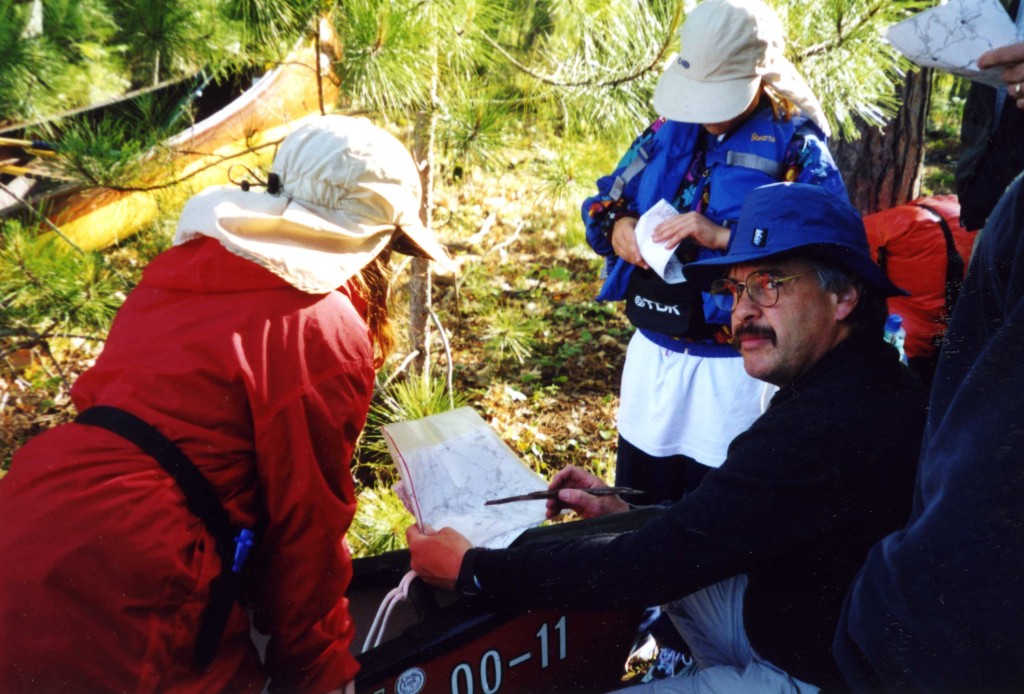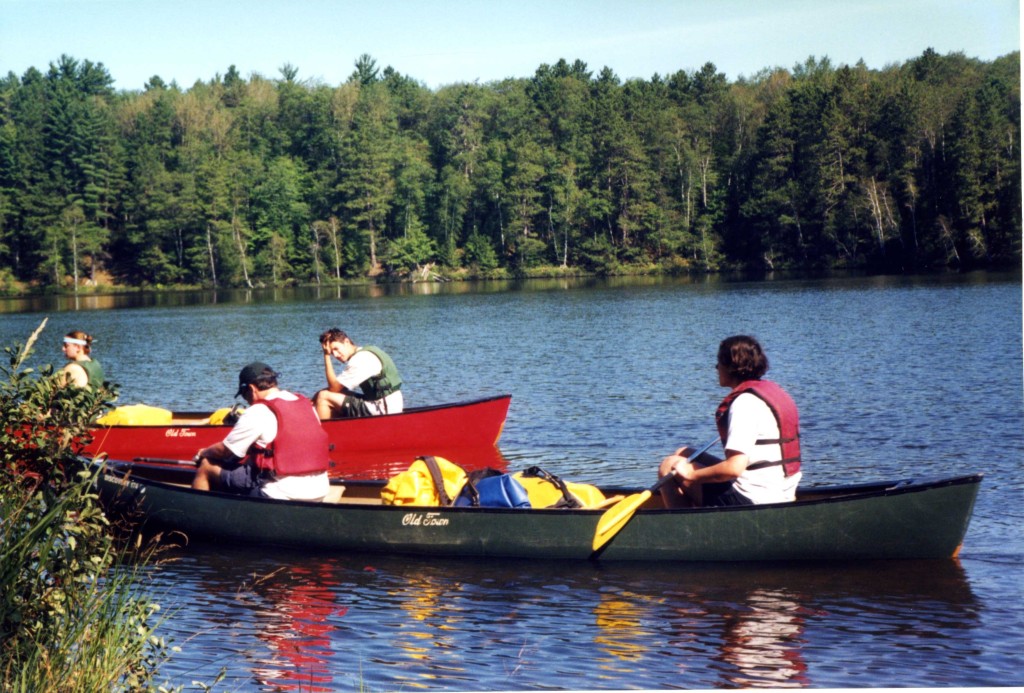On a sunny weekend in June several years ago, a few friends and I scouted the Manitowish and Trout Rivers of the Northern Highland American Legion State Forest in northern Wisconsin. We were in search of a water trail for leading a group of college freshman on a backcountry canoe trip. For ten years, I was a faculty/staff trip leader for the University of Wisconsin-Stevens Point wilderness orientation program called Pathways to Point. I took ten students once a year on a six-day backcountry adventure.
On this particular trip, my friends and I were planning a route starting from Boulder Lake just north of the village of Boulder Junction. We paddled down the even-flowing Manitowish River for many miles catching glimpses of eagles following us along our journey. The river flowed into Island Lake that connected to a chain of five small lakes. A few of these lakes led to the Trout River that eventually emptied into the 3,816-acre Trout Lake.
To my surprise when leading our student trip the following August, there were lower water levels on the rivers due to drought. We ended up pulling canoes and carrying gear for many stretches on the river where water levels fell to ankle-deep. Although we enjoyed paddling the lakes, the rivers were quite a challenge.
To Plan: “Most people take a certain amount of pleasure in the dreaming, planning and preparation of their canoe trip.”- Bill Mason in Song of the Paddle –
“Plan ahead and prepare” is the first of the Leave-No-Trace principles, and “be prepared” is the Boy Scout motto…a very important first step for leading any outdoor adventure trip. After selecting a canoe route, identifying the distance you can cover in the number of days you plan to travel, and establishing a budget, you then begin your research.
Dig into the canoe trip guides, Google water trails on the internet, request regulations and information from parks, forest services and the DNR, purchase quality topographic maps, and talk to those who have been there and done that. The more information you collect, the better your plan.
This information will help with logistic and camp plans. For example, make a transportation plan with estimated travel time. Where along the river will you leave one vehicle for putting in, and where will the other vehicle be located for taking out? Check where you can camp along a river or on a lake. Is it first-come-first-serve, or will you need to make a reservation and secure a permit?
Safety is always at the top of my planning list. It is important to do a risk assessment of the waters by securing information regarding water depths, fast currents, potential rapids and class of rapids, dam locations, stump fields, strainers and other potential barriers or dangers. And it is critical to know when to get out of the water and portage if the conditions are beyond your level of expertise. Information about given water trails can be found on quality maps and in water trail guides.
Checking weather conditions with the National Weather Service is another safety essential. Know if and when storms are expected; check wind and wave conditions, and check temperatures (hot temps can put you at risk for hyperthermia and cold weather at risk for hypothermia). Trip leaders should have wilderness first aid training, and should establish an evacuation plan in the event of an emergency.
Planning also involves some culinary skills. Menu planning using portion control for the size of group, identifying special dietary needs (such as vegetarian, food allergies and kosher foods), grocery shopping and food organizing, repackaging and packing are all an important part of the trip. And be sure you have potable water and a water treatment plan in place, such as use of a water filter.
Trip responsibility planning is another component. Decide ahead of time which campers will be responsible for setting up tents, cooking, cleaning, water filtering, food packing and storing (hanging food bags) and tending a campfire. Check fire regulations for the region to see if a campfire is permissible.
In keeping with Leave-No-Trace (see www.lnt.org) practices, it is important to agree that everyone will treat the waters and camp areas with respect, making sure to pack it in and pack it out. When it comes to toileting, have a plan. Some sites provide a pit toilet and some do not. If not, follow proper cat-hole digging techniques for toileting in the wild.
To Pack: “In eight hours of paddling you will average around 14,400 strokes. Those are a lot of strokes. So what you use for a paddle is of considerable importance.”- Bill Mason in Path of the Paddle-
Let’s start with big gear including the canoe, paddle, life jacket and dry-bag. Selecting a canoe is like buying a pair of shoes. You want your choice to be a good fit. Since there are so many quality canoes on the market to choose from, you will want to do your homework before investing in such a costly item. An alternative to purchasing a canoe is to rent one from a commercial outfitter. Reputable outfitters provide quality canoes for trips.
Added gear for the canoe can include a good set of cushioned yoke pads to ease portaging; a floating rope about 25 feet long called a painter-line used to tie a canoe to shore or for retrieving the canoe in the event of capsizing; and a marine sponge and bailer. A bailer is a container for scooping water from inside the canoe. I also attach a throw-bag that contains a lengthy rope in a fabric bag that can be tossed to someone for rescue purposes.
I own straight-shaft and bent-shaft wood paddles, an aluminum-shaft with a plastic blade paddle and a light-weight graphite paddle, each serving a different function for me. It is important to find a paddle of the correct length and style to fit your paddling needs. When leading a trip, be sure paddlers have the correct paddle length.
A U.S. Coast Guard approved personal floatation device (PFD) is a must…and wearing it while paddling is also a must. I tell students they are not to sit in a canoe unless they have their life jackets on and zipped. Check out the various types of PFD’s and select the most appropriate one for the intended purpose and fit by Googling “U.S. Coast Guard PFD Selection, Use, Wear and Care.”
The other large item is a good dry bag, defined as a large, water-tight thermoplastic coated nylon pack, preferably with straps and a hip-belt for portaging. I use about a 7,000 cubic inch dry bag that holds all my camping gear. When leading trips, I use a dry bag for carrying a week-long supply of food, and a separate bag for group gear including stoves, gas canisters, kitchen supplies, water filters, rope, camp repair kit, toilet kit and first aid kit. I have also been on outfitted canoe trips in the past that supplied us with a Duluth Pack….a traditional canvas bag often used for canoe trips.
So, what goes into my personal dry bag? My gear list includes:
- Sleeping bag and sleeping pad
- Tent and tarp
- Clothing, jacket, rain gear, camp shoes (I wear water shoes when canoeing)
- Map and compass (some folks bring a GPS), communication device- cell phone or radio, whistle
- Two water bottles, eating utensils, plate, bowl and cup
- Headlamp, knife, small utility-tool, matches in waterproof container, duct tape
- Toothbrush, toothpaste, floss, sunscreen, sunglasses, bug repellent
- Camera, nature field guide, journal and pen
Since this article only skims the surface for planning and outfitting a canoe trip, I highly recommend getting some good reading material on the subject. Many books on canoe camping have been published and reputable websites created that provide more detailed information on trip planning.
To Paddle: “The first thing you must learn about canoeing is that the canoe is not a lifeless, inanimate object: it feels very much alive, alive with the life of the river. Life is transmitted to the canoe by currents of air and the water upon which it rides.” Bill Mason in Path of the Paddle –
As students on the wilderness orientation trip pulled canoes from the trailer and placed them in the water, I called their attention. Before we take one stroke with our paddles I told them, they would undergo instruction in canoeing. At that juncture on our trip, no matter whether they were skilled, novice or amateur paddlers, they learned or reviewed the basics. I identified the parts of the canoe, positioning of the paddle, major strokes and safety and rescue protocol.
I recommend taking a canoe course through a local community program, preferably taught by a certified ACA (American Canoe Association) instructor. It is important no matter what level of paddler you profess to be, to swallow your pride and learn the proper skills and safety that a course offers. Then, experience the rivers with confidence and competence. It will make the canoe trip experience that much more enjoyable and safe.
The ten students who paddled and camped along the Manitowish and Trout Rivers had an exceptional experience on those northwoods waters. At the end of the first day having paddled a long way on the river and having a feeling of accomplishment, it was time to pull to shore and set up camp.
That evening around the campfire, I heard students recalling the challenges of the day paddling the Manitowish and looking forward to facing the chain of lakes and the Trout River in the days to come. It was like a song in the wilderness.
“But for other people the song is loudest in the evening when they are sitting in front of the tent, basking in the campfire’s warmth. This is when I hear it loudest, after I have paddled and portaged for many miles to some distant hidden place.”- Bill Mason in Song of the Paddle –





Leave a Comment